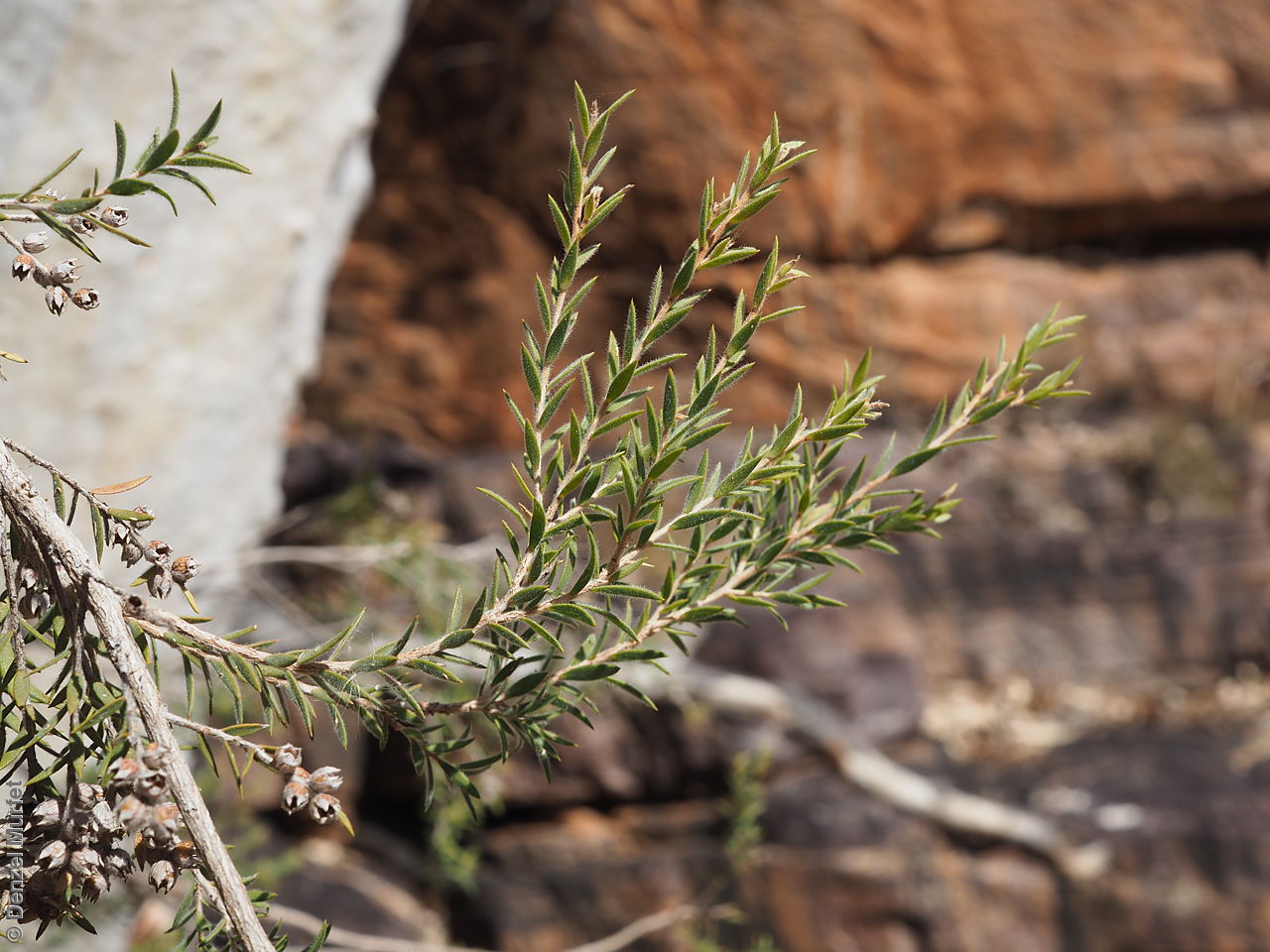
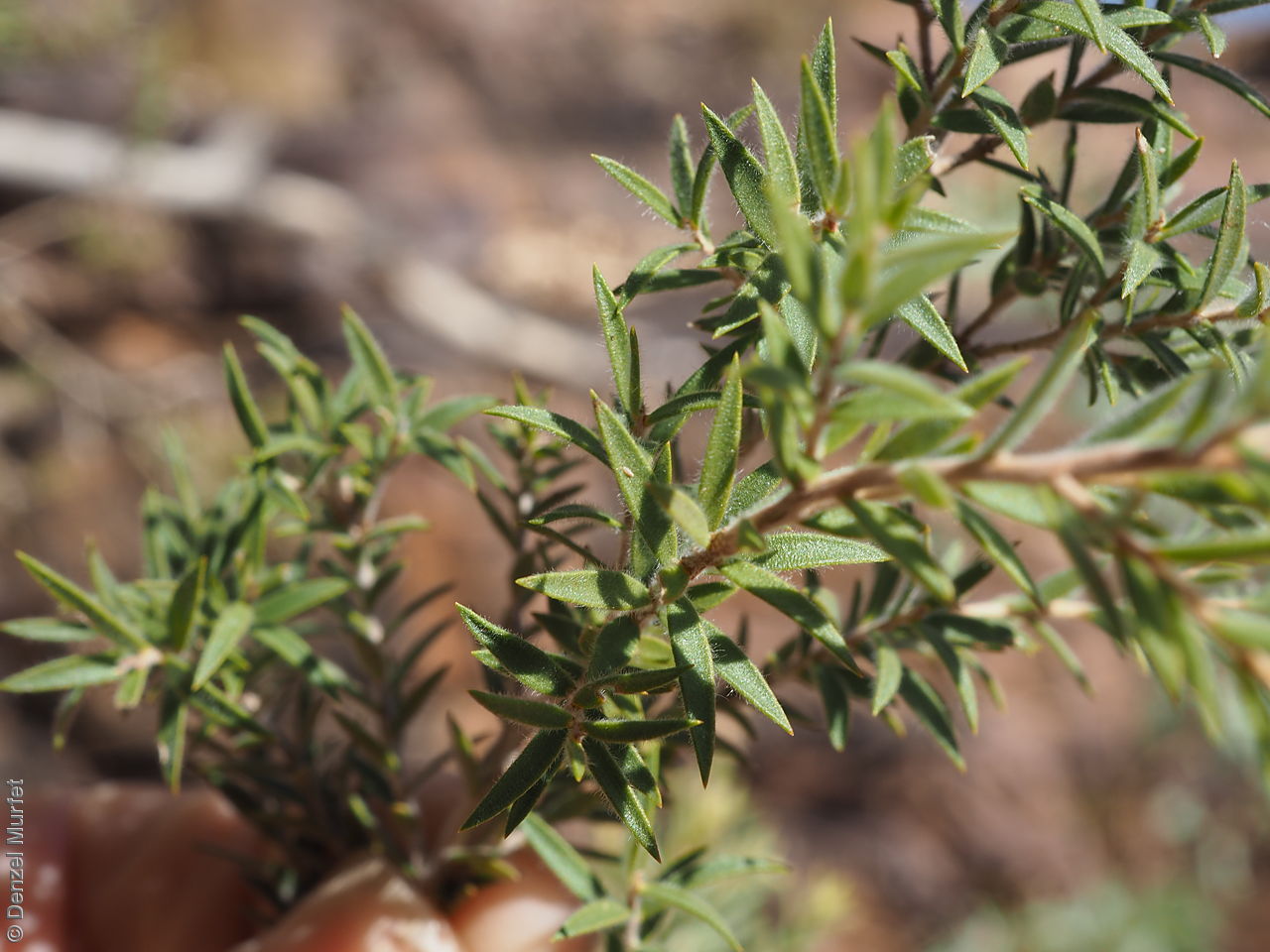
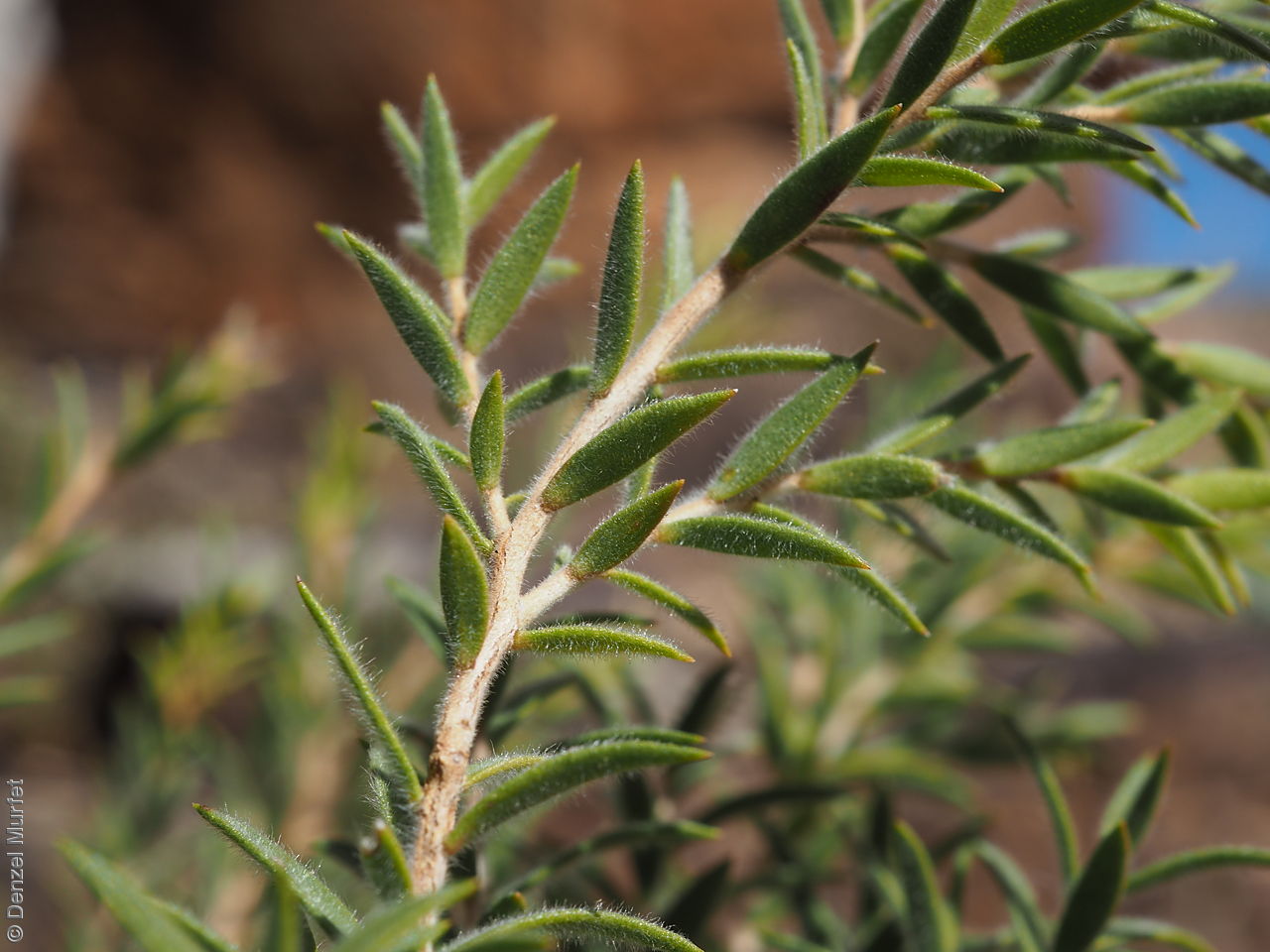
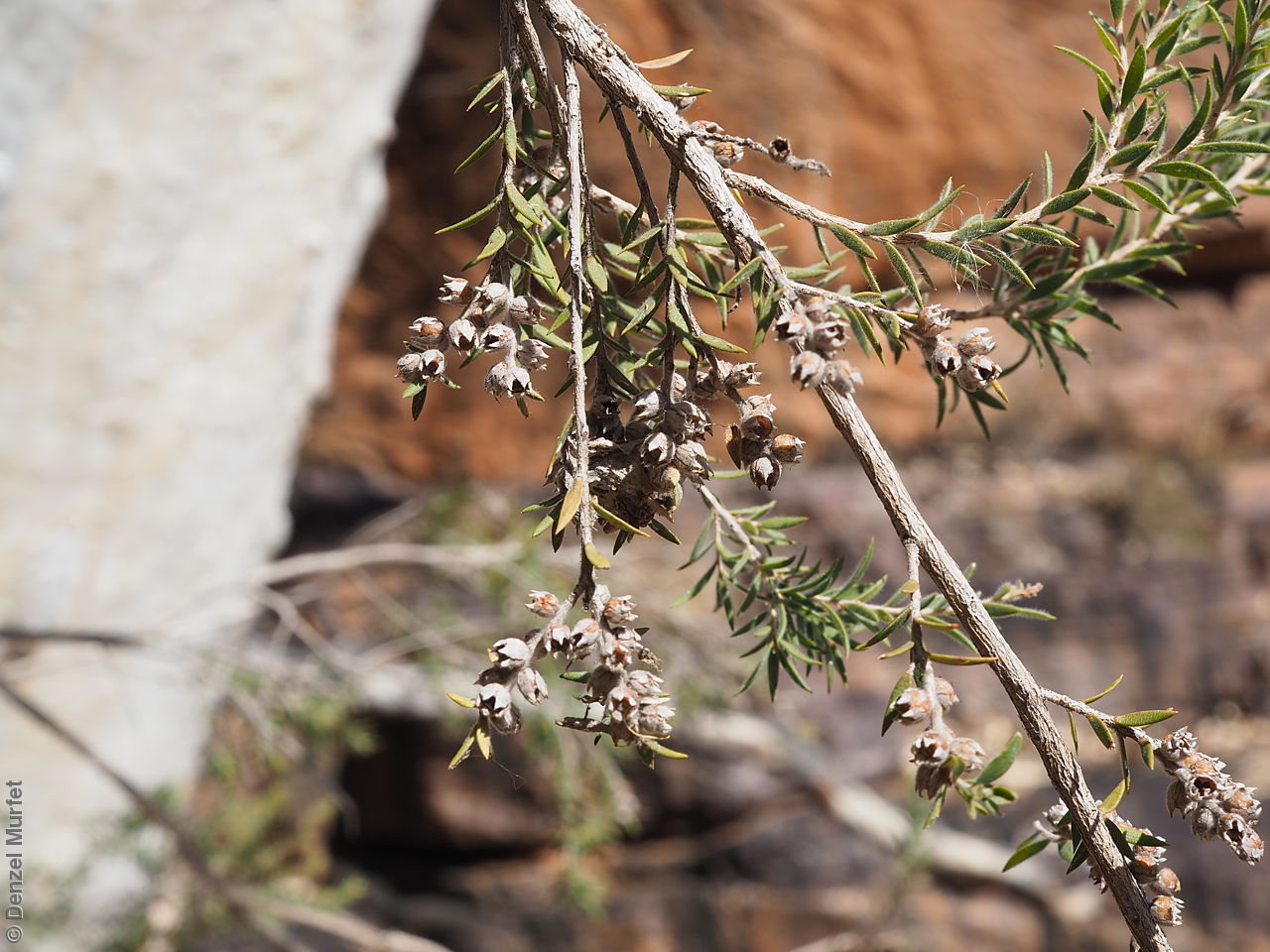
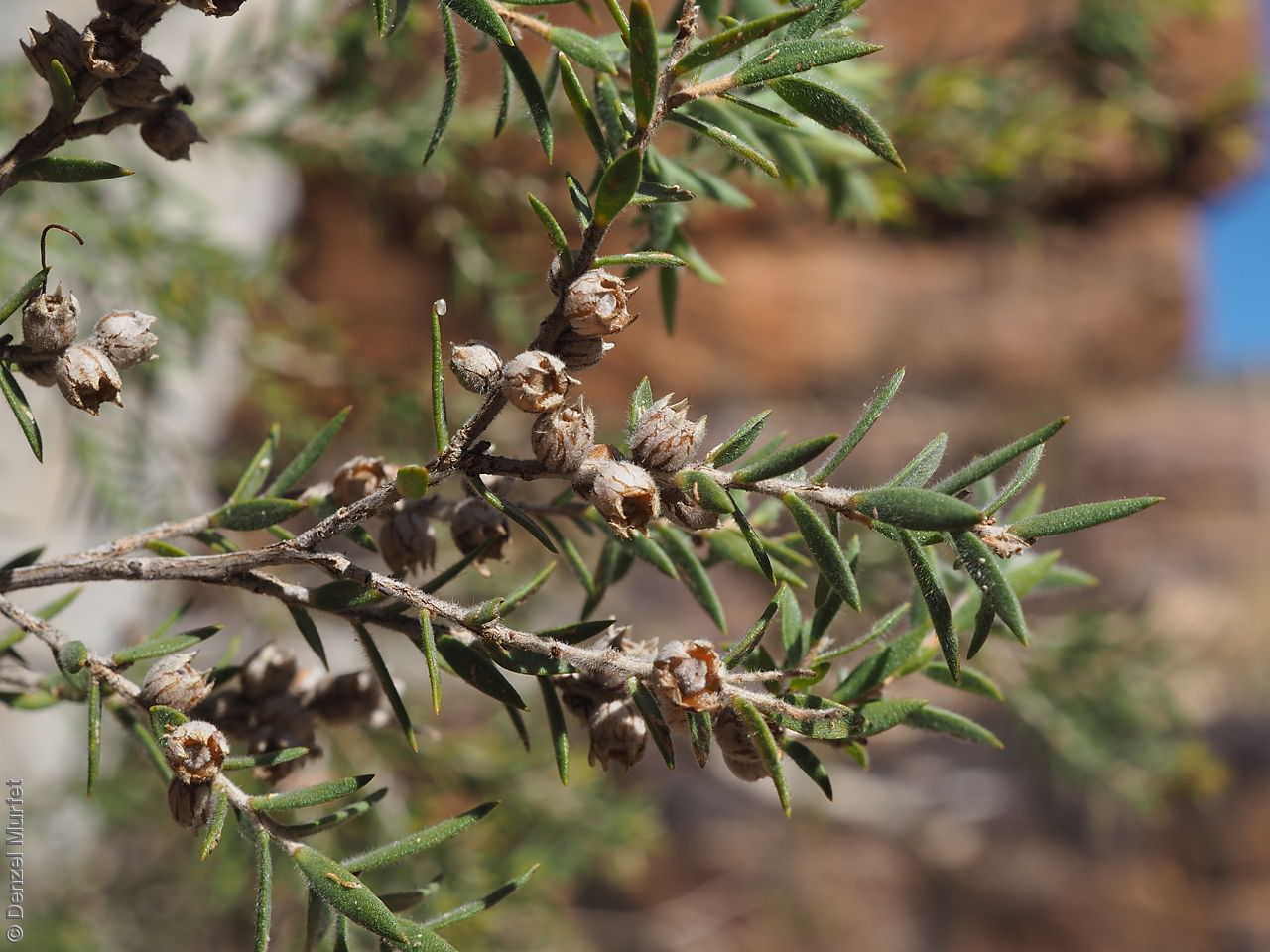
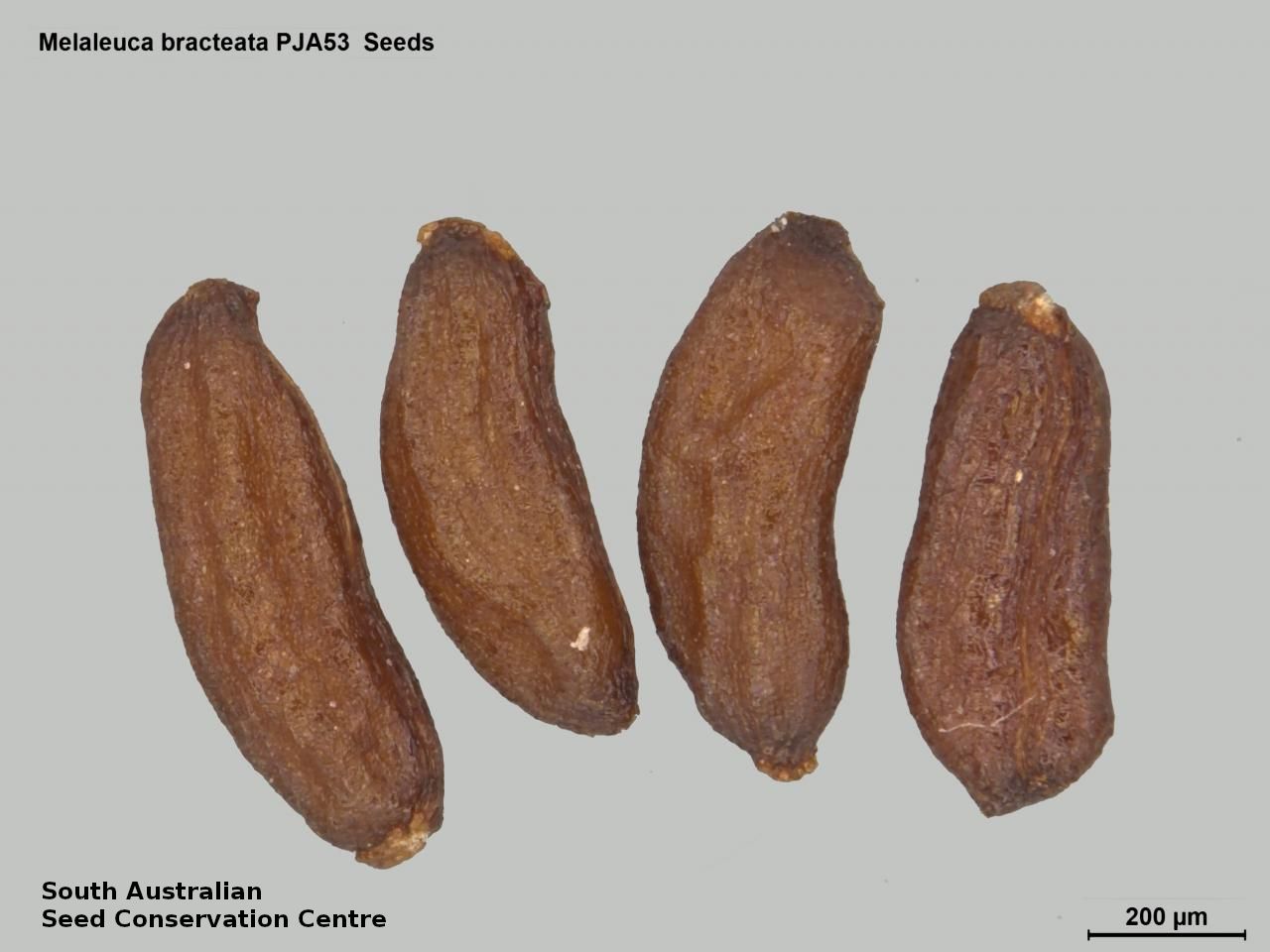

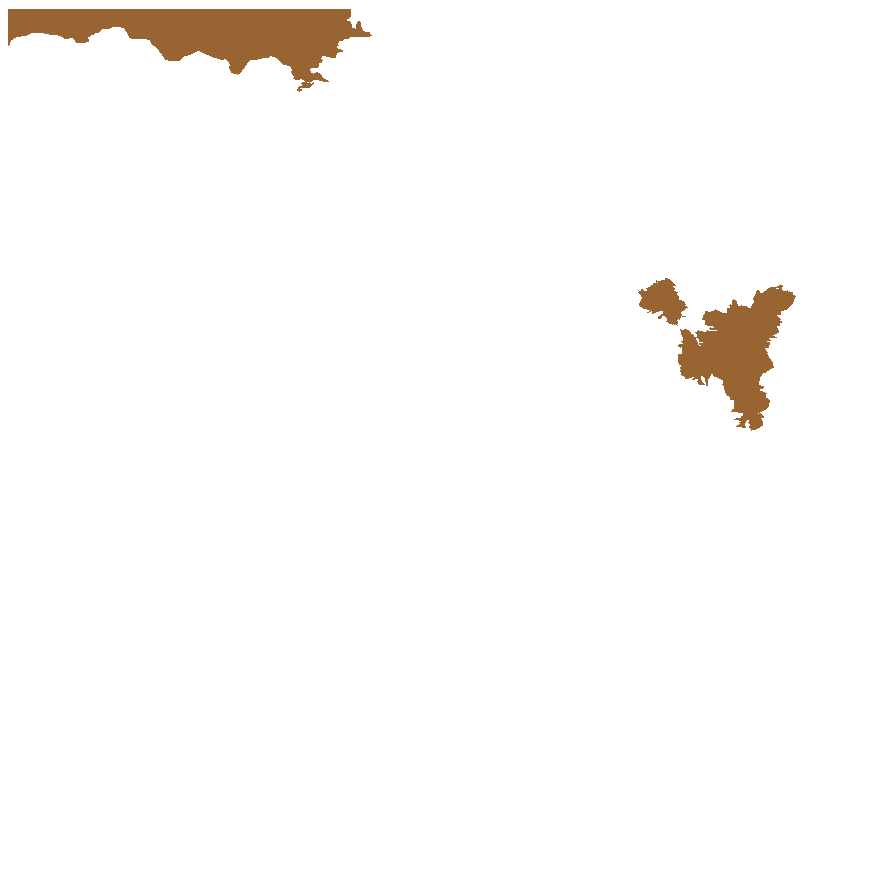
Prior names
Melaleuca monticola
Melaleuca glaucocalyx
Melaleuca genistifolia var. coriacea
Melaleuca daleana
Common names
Black Tea-tree
River Tea-tree
Etymology
Melaleuca, from the Greek 'melas', meaning black and 'leucon', meaning white, alluding to the contrasting colours of the bark. The first species described is said to have had white branches against a black trunk. Bracteata, from the Latin 'bractea' meaning a thin plate, referring to the bracts at the base of the flower.
Distribution and status
Found in the far north-west part of South Australia, with some old records from the Gammon Ranges, growing along watercourses or on heavier inland soils in depressions. Also found in Western Australia, Northern Territory, Queensland and New South Wales. Native. Rare in South Australia. Common in the other States.
Herbarium regions: North Western, Flinders Ranges
AVH map: SA distribution map (external link)
Plant description
Shrub or tree to 15 m high with hard, fissured bark. Leaves alternate, narrow-ovate to ovate, to 28 mm long and 3 mm wide; 5–11-veined with apex acute to acuminate, glabrous or occasionally pubescent. Flower-spike few to many, to 3.5 cm long. Flowers solitary or in threes within each bract; white. Fruits are grey-brown, papery, woody cup-shaped capsule to 2.5 mm in diameter; toothed at the rim or eventually truncate, in short spikes on slender leafy stems. Seeds are tiny brown cylindrical seed to 0.8 mm long and 0.3 mm wide. Seed embryo type is folded.
Seed collection and propagation
Collect seeds between January and December. Collect capsules that are large and hard, with closed valves. Place the capsules in a tray and leave to dry for at least two weeks or until all the valves are open. Then place all the capsules into a bucket with a lid if possible and shake hard to dislodge the seeds from the capsules. Use a sieve to separate the seeds from the capsules. The fine material will contain the seeds and other flowering material. It is very difficult to separate the seeds from this other material as the size, shape and weight are very similar. However the seeds will be a darker brown. Store the seeds with a desiccant such as dried silica beads or dry rice, in an air tight container in a cool and dry place. Seeds are non-dormant, viable seed should germinate readily.
| Location | No. of seeds (weight grams) | Number of plants | Date collected | Collection number Collection location | Date stored | % Viability | Storage temperature |
|---|---|---|---|---|---|---|---|
| BGA MSB | 22,500 (6.7 g) 22,500 (6.7 g) | 17 | 3-Dec-2003 | PJA53 North Western | 1-Sep-2004 | +5°C, -18°C |
Number of plants: This is the number of plants from which the seeds were collected.
Collection location: The Herbarium of South Australia's region name.
% Viability: Percentage of filled healthy seeds determined by a cut test or x-ray.